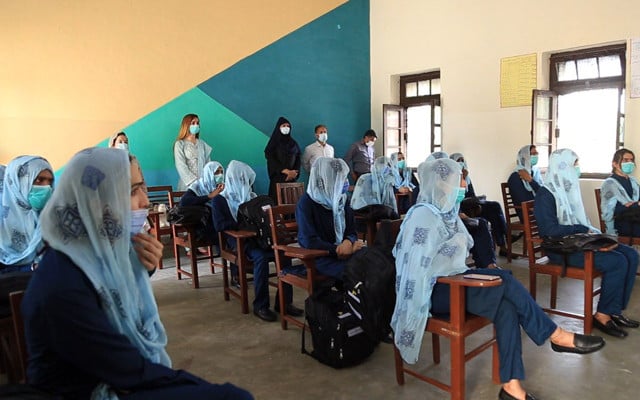
Bringing children outside of schools into the educational system requires addressing poverty, health, social, and societal issues.
Special Secretary for Education and Professional Training, Mohiuddin Wani, made these remarks as a chief guest in a special ceremony held for the unveiling of Educational Statistical Report 2021-22 at the Pakistan Institute of Education (PIE) on Monday.
“The Statistical Report for 2021-22 serves as a data bank for policymaking organisations to take effective measures for improving educational facilities for out-of-school children,” Wani said.
The special secretary went on to suggest that controlling the population played a crucial role in the education sector, and financial assistance from programmes like the Pakistan Baitul Mal and the Ehsaas Income Support Programme should be conditional on enrolling children in schools.
The event was attended by PIE Director General Dr Muhammad Shahid Saroya, Joint Education Advisor at the Ministry of Education, Dr Shafqat Janjua, Director MIS Safeerullah and representatives from the World Bank, Foreign Commonwealth Development Organisation, Unesco, Unicef and other stakeholders. The provincial education authorities participated in the ceremony via video link.
In his address, PIE DG Professor Saroya said PIE was issuing its report after five years. “Data has been collected from all four provinces, including Azad Kashmir, Gilgit-Baltistan and over 100 stakeholders,” he said and added that the data collection methodology followed international standards, focusing on four indicators.
He stated that after the report’s implementation, PIE is moving towards consultative sessions. The purpose of implementing the report is to bring facts to light, formalise policies, and take concrete actions to bring out-of-school children into schools, he added.
Read: Higher education in peril: prescription for progress
Wani, the Special Secretary for Education and Professional Training, emphasised that Islamabad, Gilgit-Baltistan, and Azad Kashmir have commendable teacher ratios, but work is needed in other provinces as well. He highlighted the need to work with provincial governments to obtain data. The report will help in understanding the reasons for children being out of school and emphasises the key role of local governments in this regard.
Wani said the concept of home schools has been introduced in G-B, bringing benefits. He also stressed the need for collaborative efforts between the ministries of education, health, information technology, and population to improve education at the grassroots level, encouraging individual initiatives as well. He said when the diagnosis of a disease is quick, the possibilities for treatment are greater. Similarly, this report indicates the challenges, and now we need to work on diagnosing the issue more effectively.
Increase in enrolment
The report reveals an increase in enrolment in educational institutions, despite challenges such as COVID-19, from 2017 to 2022, witnessing a rise of 12.28 million children.
In 2017, there were 28.69m children in educational institutions and by 2022, this number increased to 40.97m. The rate of OSC dropped from 44% to 39%, and the rate of retention in education increased by 77%. Facilities like clean water, toilets, boundary walls, and electricity also recorded an improvement. The journey to achieve global standards in the number of children in classrooms was under way.
According to the report, there are a total of 313,418 educational institutions at the national level, including public and private schools and others. Of these, 227,506 (73%) are formal schools from primary to higher secondary levels, 43,613 (14%) religious seminaries, 25,106 (8%) non-formal basic education institutions, 10,087 (3%) education foundation institutions, 4,182 (1%) technical and vocational institutes, 2,487 (1%) degree colleges, 220 universities, and 217 are teacher training institutes.
Published in The Express Tribune, January 23rd, 2024.



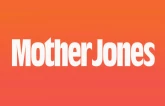




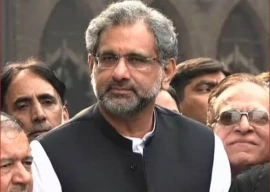

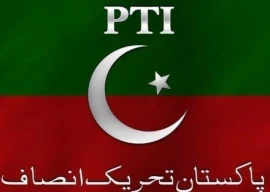
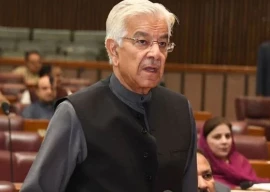
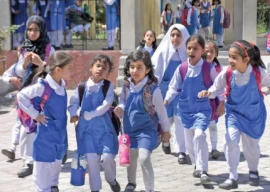



1727268465-0/Untitled-design-(42)1727268465-0-270x192.webp)




COMMENTS
Comments are moderated and generally will be posted if they are on-topic and not abusive.
For more information, please see our Comments FAQ